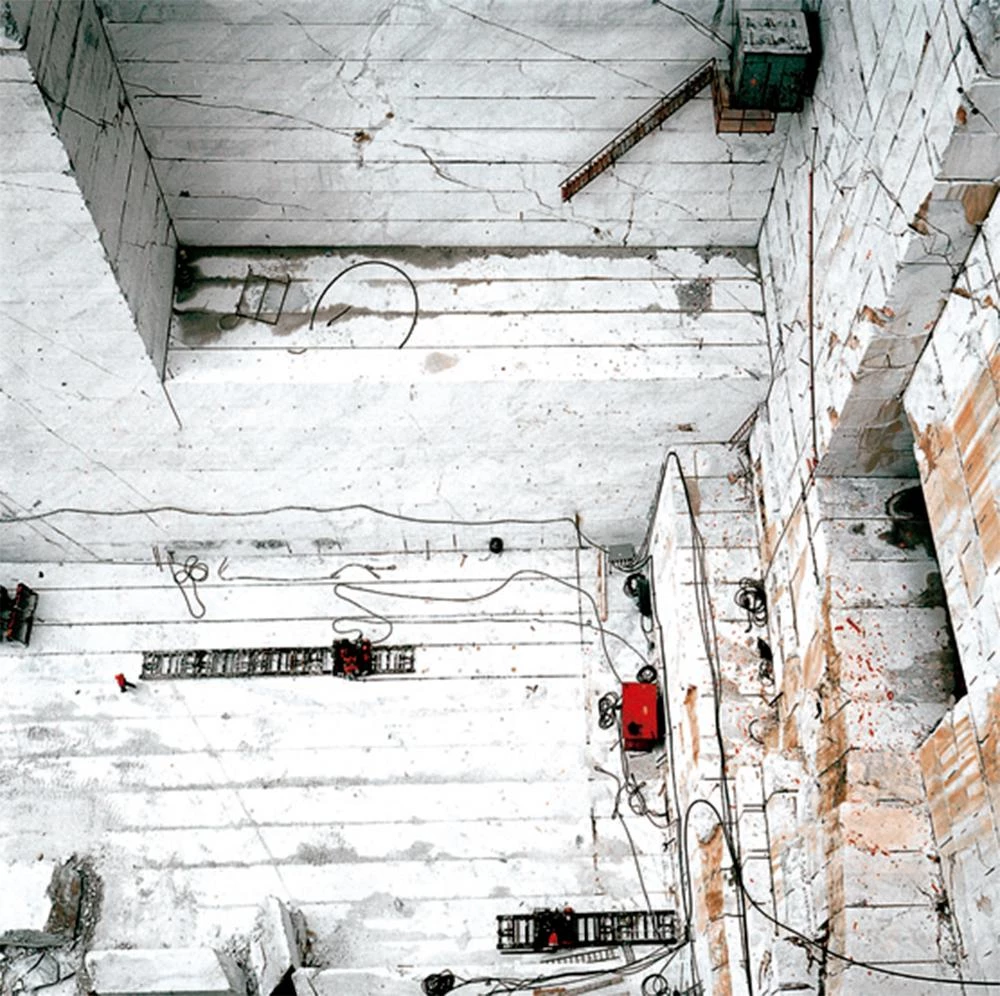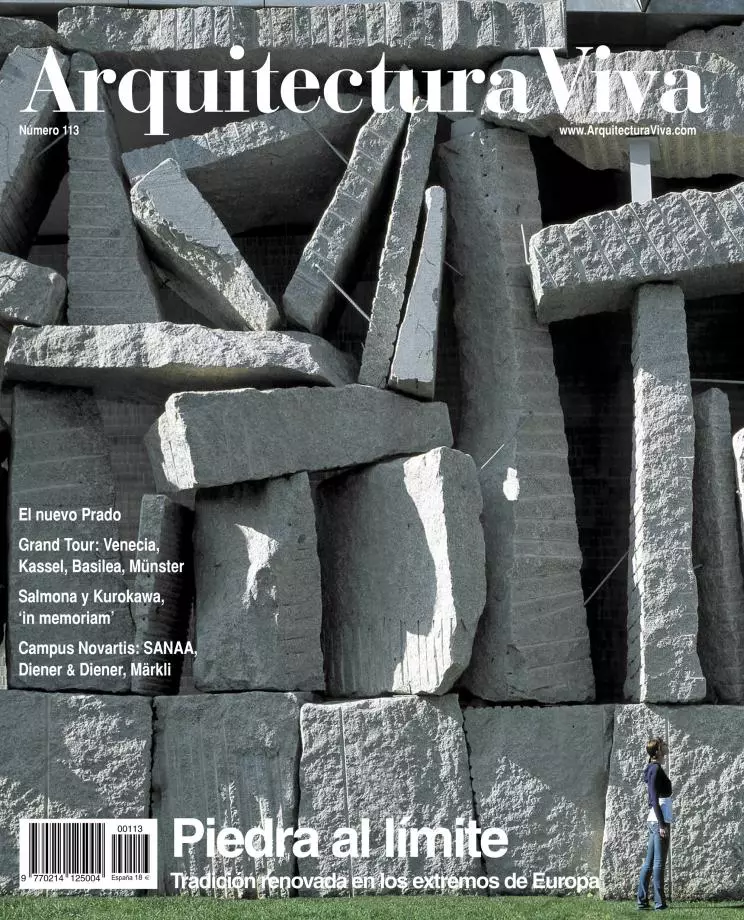
Stone represents construction at the limit: at the limit of time, because its tenacious inertia speaks at once of its remote origin and its desire to last, inasmuch as its firm resistance is a symbol of timeless solidity; at the limit of technique, because its extreme variety of joints and bonds runs parallel to its tensional Achilles tendon, because its incapacity to absorb traction is the mechanic reason of its use in volume; and at the limit of touch, because the perception of its textures evokes the contact of the surface with the skin, even when the gaze stops to dwell on the light appeal of shine or color. Time, technique and touch come together in the workshop, which extracts from the stone stubborn persistence, adequate use and common beauty.
Barely natural already in its early, primitive form, contemporary stone is in every sense an artifice, the product of an industry as sophisticated in its mechanisms of extraction and handling as it is complex in its processes of marketing and financial management: marble, granite and slate cover the globe entangled in a web of transport systems and cash flows that take the material from the quarry to the site ignoring the stubborn rules of proximity that in a not so distant past gave constructive, functional and visual homogeneity to the landscapes modelled by human action. And yet, even though entirely artificial in its present condition, stone preserves the singular seduction of its ultimate origin in the womb of nature.
The necessary chance of geology offers a motherly connection with the mysticism of the essential stone that carries on its Atlas shoulders the indispensable continuity in a changing world, but also with the endless list of igneous, sedimentary or metamorphic rocks that display their mechanic and aesthetic variety in a myriad range of locations and sites, multiplying their mineral magic with a whole palette of different aggregates, fractures and weatherings. Essential matter upon which we raise institutions and buildings, and accidental matter whose appeal is based on its endless heterogeneity, stone extends its wide arch of symbolic meaning from a nude and metaphysical radicalness to the cluttered foliage of picturesque diversity.
Severe and laconic as a cornerstone, or exact and necessary as keystone, this mutating material can also shed its gravitas to break up into a caleidoscope of lighter versions, be them thin facade panels, exfoliated roof slabs or translucent enclosure sheets: elements where lightness implies technical versatility, freedom of choice and expressive plurality. It is, in the end, a different way of understanding the journey towards the limits, in an itinerary that replaces the exploration of matter as a never-ending excavation with a continually renewed expansion that rubbles space with the pragmatic multitude of individual taste: between those movements, essential implosion and plural explosion, beats the silent pulse of live stone.





